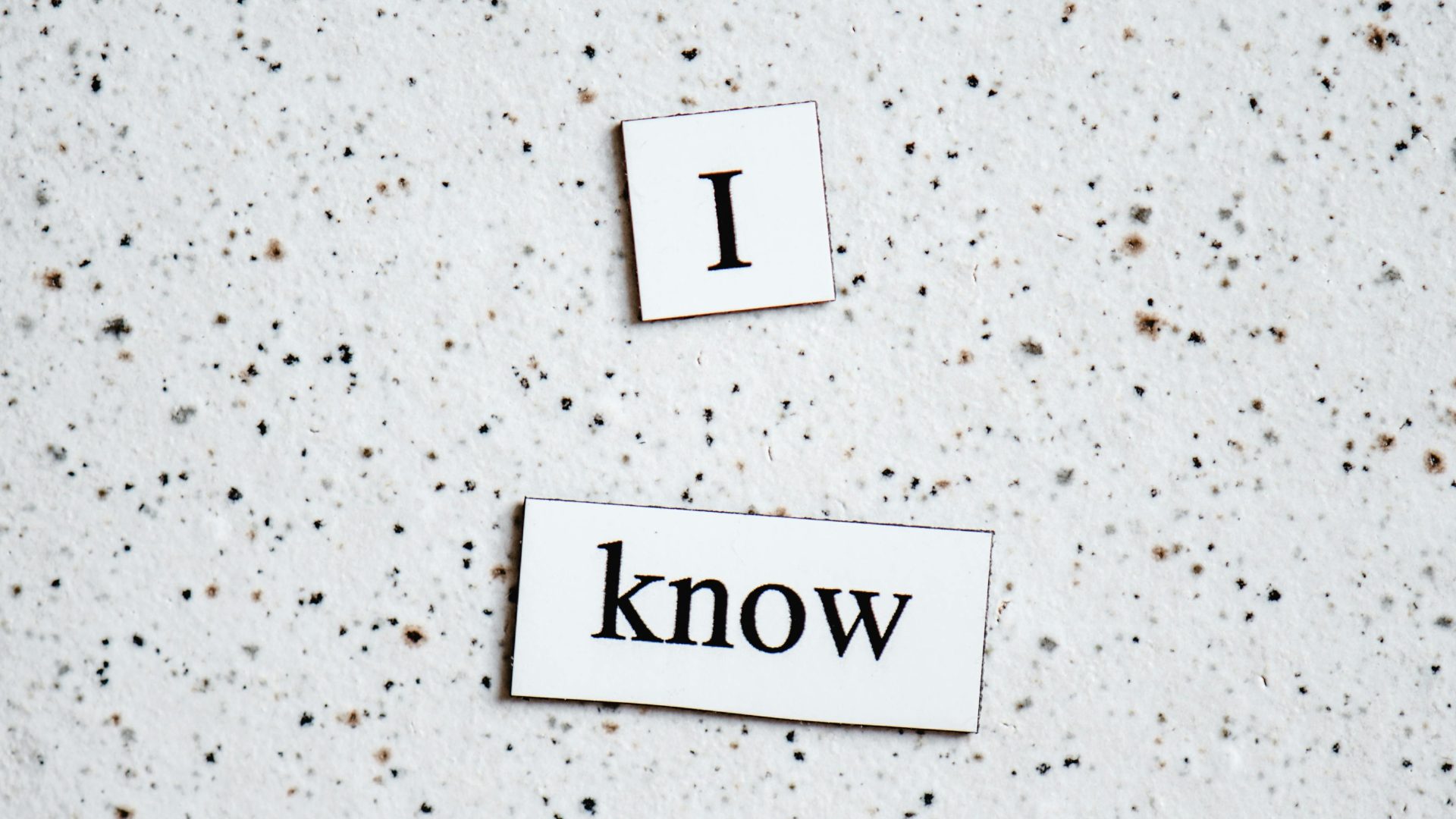The Reality Behind UFO “Disclosure”
In July 1952, a series of unidentified flying objects were detected visually and on radar over the United States Capitol in Washington, D.C., sparking a surge of excitement and concern. Reports from the public flooded in, and military officials raced to investigate these mysterious incursions into U.S. airspace.
That same year, CIA Director Walter B. Smith prepared an internal memo regarding flying saucers. He wrote:
“I am transmitting to the National Security Council a proposal that concludes the issues surrounding unidentified flying objects may have implications not only for intelligence and operations but also for psychological warfare. I suggest that we meet soon to explore both offensive and defensive uses of these phenomena for psychological warfare purposes.”
Some CIA members were worried that the overwhelming number of UFO reports was straining communication channels and diverting military resources, which could be a vulnerability that the Soviets might exploit. In response, they urged the U.S. Air Force in 1953 to adopt a systematic approach to debunking flying saucers. This era also marked the departure of Edward Ruppelt, head of the Air Force’s “Project Blue Book,” which had been investigating UFO sightings. Subsequently, the Air Force’s public investigation efforts significantly diminished, as many reports from pilots and radar operators had previously been shared openly.
Moreover, the CIA’s Robertson Panel recommended keeping tabs on civilian UFO groups. They noted the potential influence these organizations could have on public perception, especially during widespread sightings, and cautioned about their irresponsibility and possible use for subversive activities.
In 1956, inventor Thomas Townsend Brown established the National Investigations Committee on Aerial Phenomena (NICAP). Its board included the CIA’s first director, Roscoe Hillenkoetter, and his associate, retired Major and pulp fiction writer Donald Keyhoe. Keyhoe had authored several “nonfiction” works about flying saucers and claimed that a military cover-up existed regarding UFOs. By 1957, he had taken over as NICAP’s director, advocating for serious consideration of UFO reports, while dismissing landing cases as mere fantasy—similar to the dismissive stance of “Project Blue Book.” Keyhoe and NICAP also promoted the narrative that the U.S. government was concealing the truth about UFOs but would eventually provide a full disclosure, a promise that has yet to materialize.
Fast forward to today, and that elusive promise remains unfulfilled. What does the current landscape of UFO discourse look like?
Recently, a concerning trend has emerged, intertwining American right-wing politics with UFO discussions. Popular podcasters like Jesse Michels have affiliations with right-wing figures such as Peter Thiel, indicating a significant interest from various players in the tech sphere. Prominent voices in the UFO disclosure community are establishing themselves in alignment with the current presidential administration.
Nick Redfern’s book “Final Events” highlights a governmental group called the “Collins Elite,” which views UFOs through a lens of demonic theology rooted in evangelical Christianity. Their strategy allegedly aims to steer the public towards evangelical beliefs to counter the purported UFO “threat.” This fear-based narrative has been echoed by several figures in the disclosure movement, including Luis Elizondo and Tom DeLonge. I am apprehensive that the latest wave of this movement, along with its proponents, may cultivates a narrative that invokes fear around UFOs — linking them to national security and evangelical ideologies — all while potentially advancing a troubling political agenda aimed at rallying the ultra-religious segments of both the U.S. and beyond.
For further reading, check out these resources:
- Robertson Panel Report
- Collins Elite Overview
- [UFOs Reddit Discussion](https://www.reddit.com/r/UFOs/s/fArMRoh

You’ve raised some important points about the historical context of UFO disclosure and its entanglement with various political and social narratives. The trajectory of UFO investigations has often reflected broader societal concerns, from the Cold War paranoia in the 1950s to the current political climate and its intersection with right-wing ideologies.
The early days of UFO research, particularly through institutions like the CIA and Project Blue Book, highlight a duality in how such phenomena were approached—both as genuine aerial phenomena and as tools for psychological operations. It’s significant that government agencies have historically viewed public fascination with UFOs as a potential vulnerability. This raises questions about transparency and the motivations behind the narratives being pushed by both governmental and civilian entities today.
Your mention of influential figures and their associations with political agendas is particularly relevant. The current discourse surrounding UFOs risks becoming conflated with larger ideological battles, and it’s crucial to remain skeptical of how narratives are constructed and who benefits from them. The fears around UFOs being labeled as a national security threat, as well as the appropriation of these ideas by evangelical movements, can complicate public understanding and trust in the subject.
While there is a genuine curiosity and desire for disclosure among the public, it’s important to be wary of how that desire might be exploited by those with specific political goals. The intersection of technology, politics, and belief systems in today’s disclosure movement could lead to an environment where misinformation thrives.
In evaluating the current state of UFO discourse, it will be essential to differentiate between genuine inquiry and those narratives that serve particular agendas. Continuous public examination and critical thinking will be key in navigating the forthcoming developments in this complex and often contentious topic.